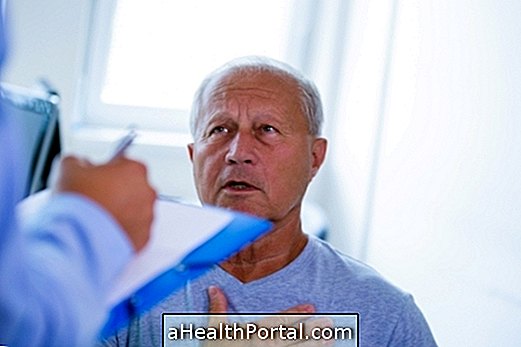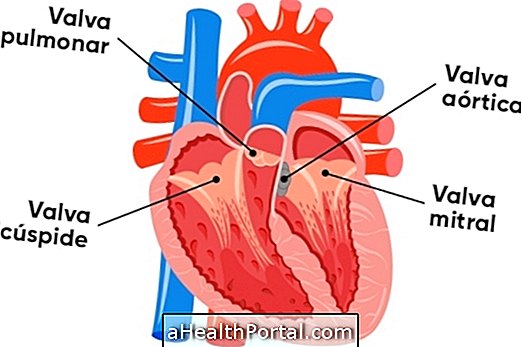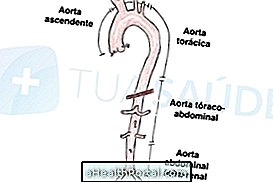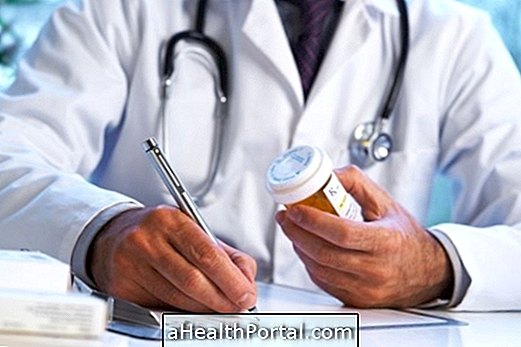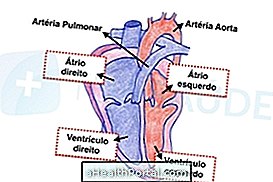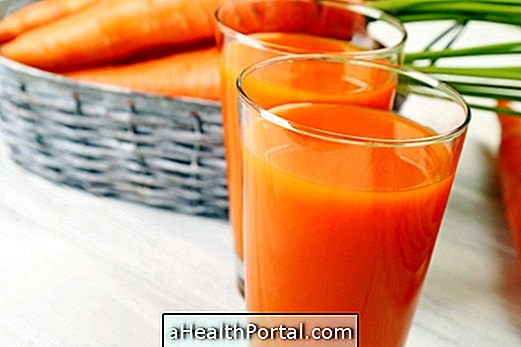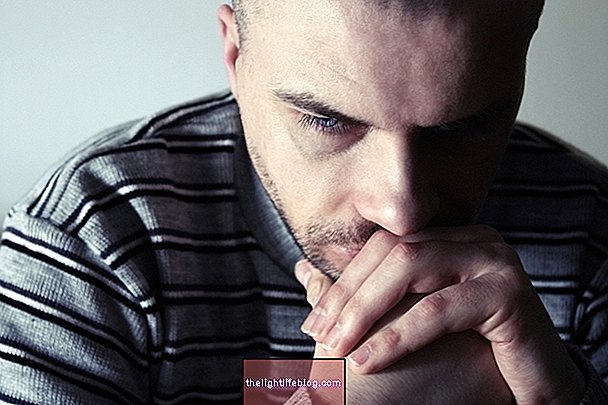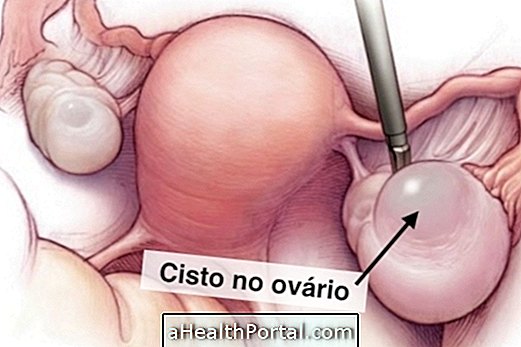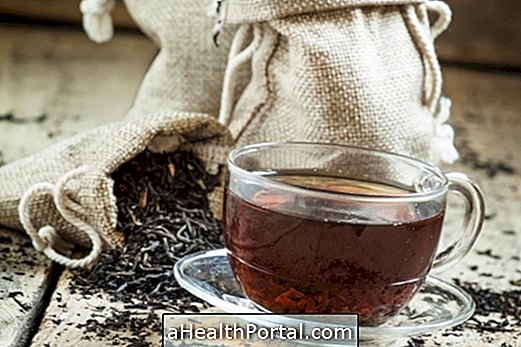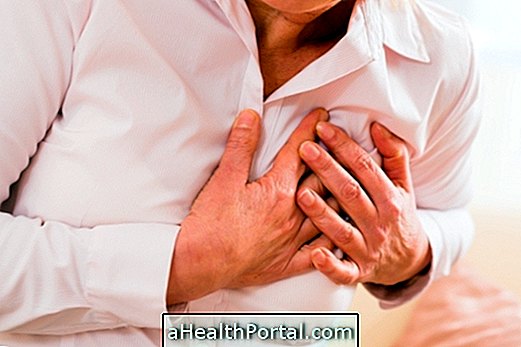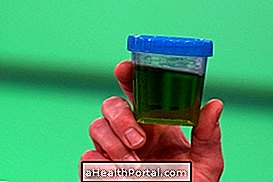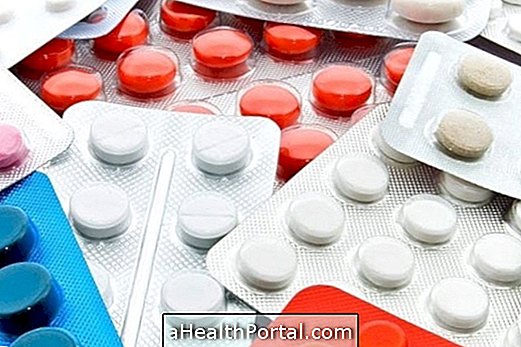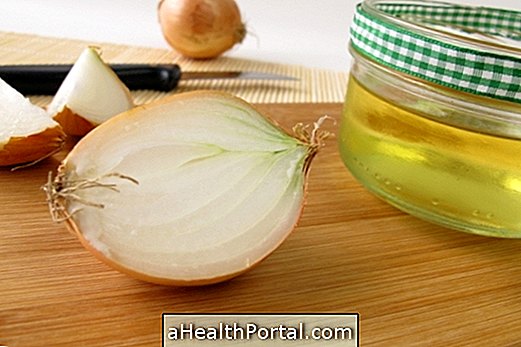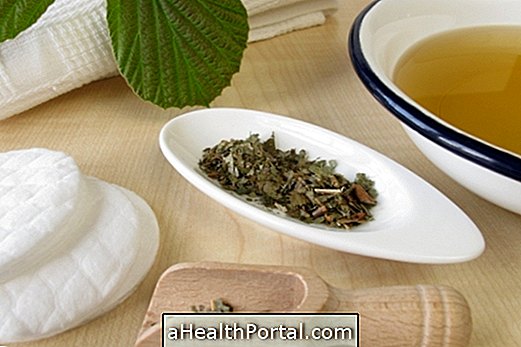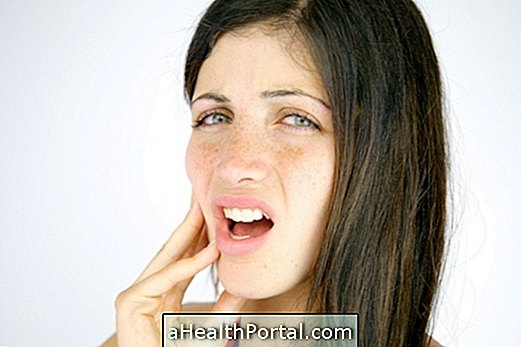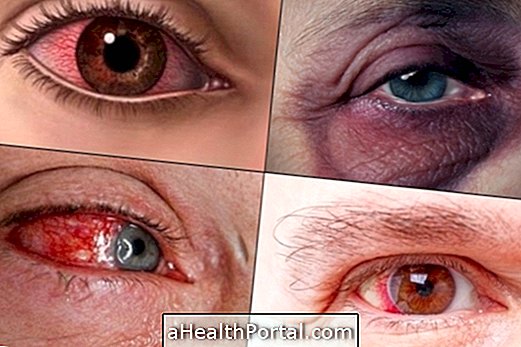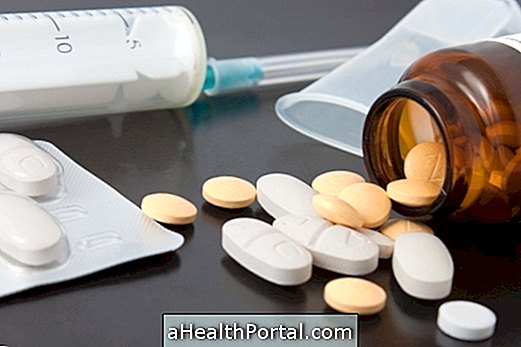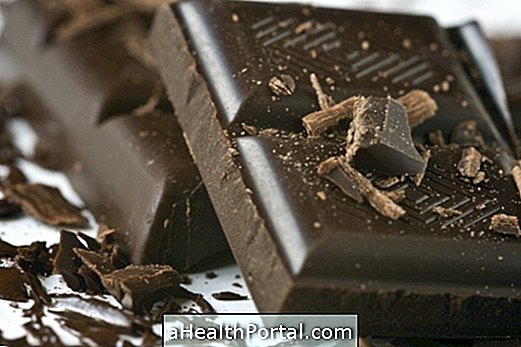Systemic arterial hypertension, also popularly known as high blood pressure disease, is a silent disease. It usually does not cause symptoms, but if not properly controlled, can lead to several health problems such as acute myocardial infarction, stroke, acute lung edema, and aortic dissection, which can lead to death.
Normally, hypertension is considered when the patient has at least two measurements with values equal to or greater than 140 x 90 mmHg. Hypertension can be divided into two types:
- Primary arterial hypertension: it does not have a specific cause, developing over the years due to aging, lack of exercise, excess weight or excessive consumption of salt, sometimes associated with a family history of hypertension.
- Secondary Hypertension: It is the most rare type of hypertension, appearing as a consequence of some diseases such as diabetes, Cushing's Syndrome or kidney problems, for example.
Hypertension has no cure but can be controlled with regular use of high blood pressure medications prescribed by the cardiologist, poor dietary salt and regular exercise. Find out how much salt should be consumed per day.
Treatment for hypertension
The treatment for arterial hypertension is based on the association of a low salt diet, the practice of regular physical activity and the use of hypotensive medications. A low-salt diet can be instructed by a nutritionist and regular practice of physical exercise should be as directed by the physician and a physical education teacher.
Nowadays, there are several types of antihypertensive medications that should be prescribed according to each case by the cardiologist such as Captopril, Losartan, Enalapril, Amlodipine, Ramipril, Diuretics, for example.
Here's how to make a high blood pressure diet.
In addition, the patient with hypertension should make regular consultations with the cardiologist to assess blood pressure and adjust treatment.
Symptoms of High Blood Pressure
Symptoms of hypertension are rare, but may include:
- Dizziness;
- Headache, especially at the nape of the neck;
- Vision changes;
- Nose bleeds;
- Difficulty breathing;
- Chest pain.
These symptoms are more frequent during a hypertensive crisis, when the patient is not doing the treatment properly or does not know they have the disease, and should be treated in the hospital.
Here's how to measure pressure correctly at:
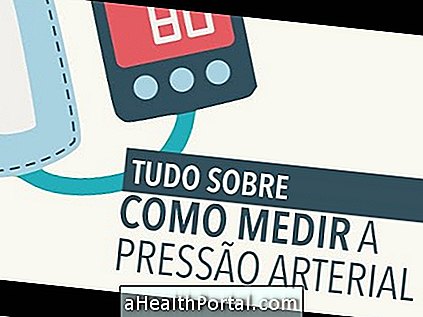
Read more at:
- Treatment for hypertension
- Symptoms of hypertension
